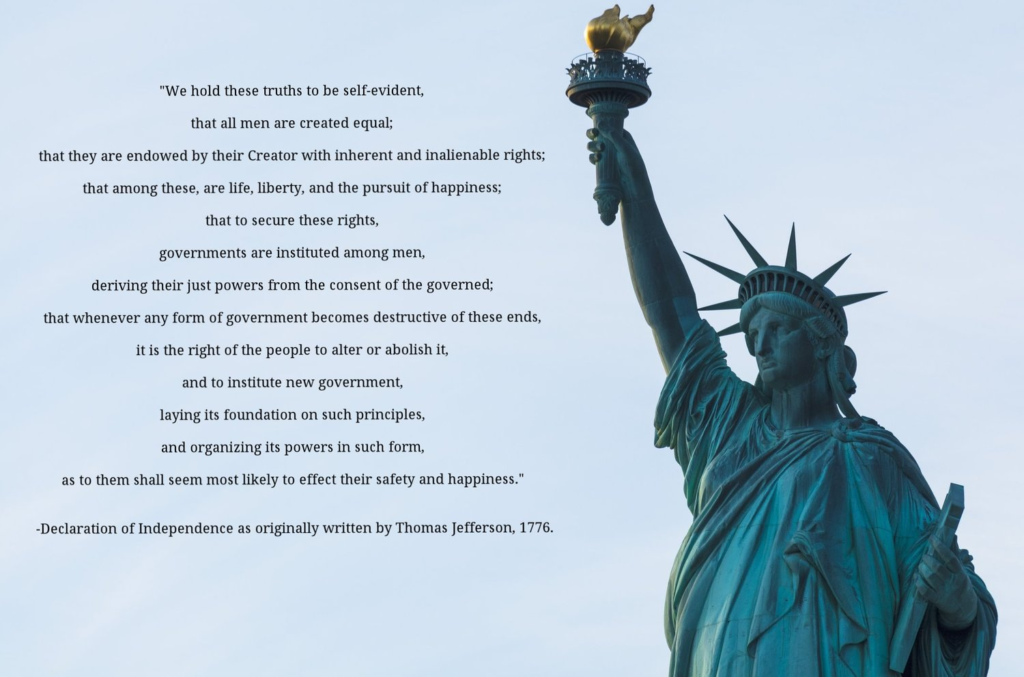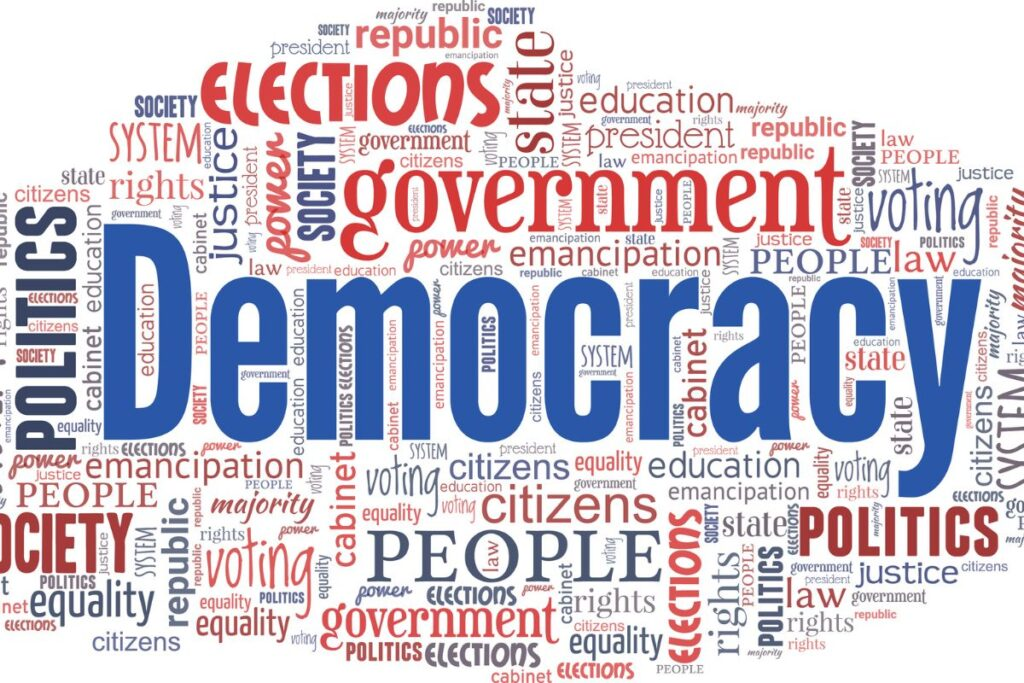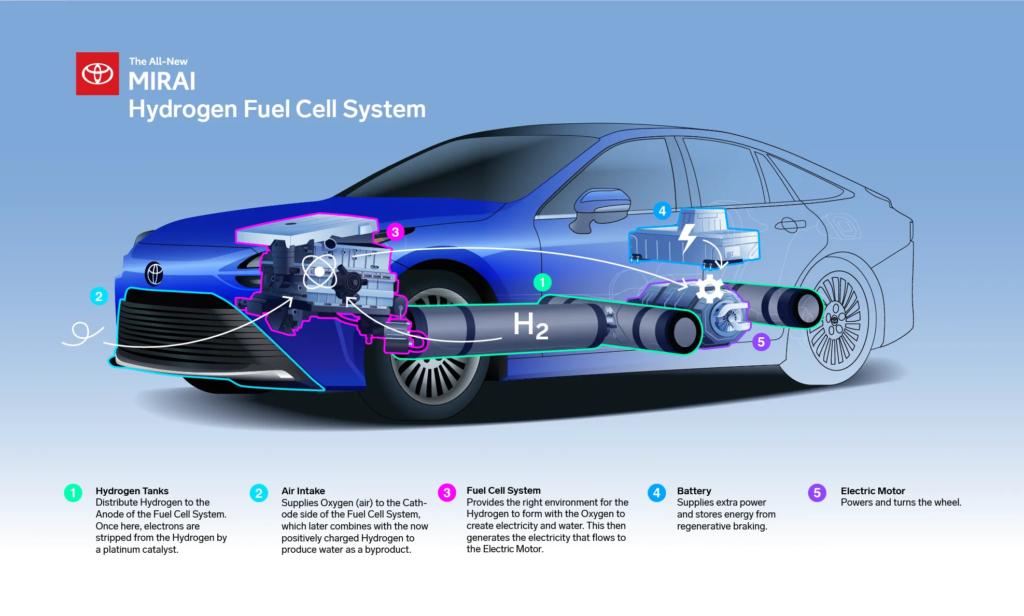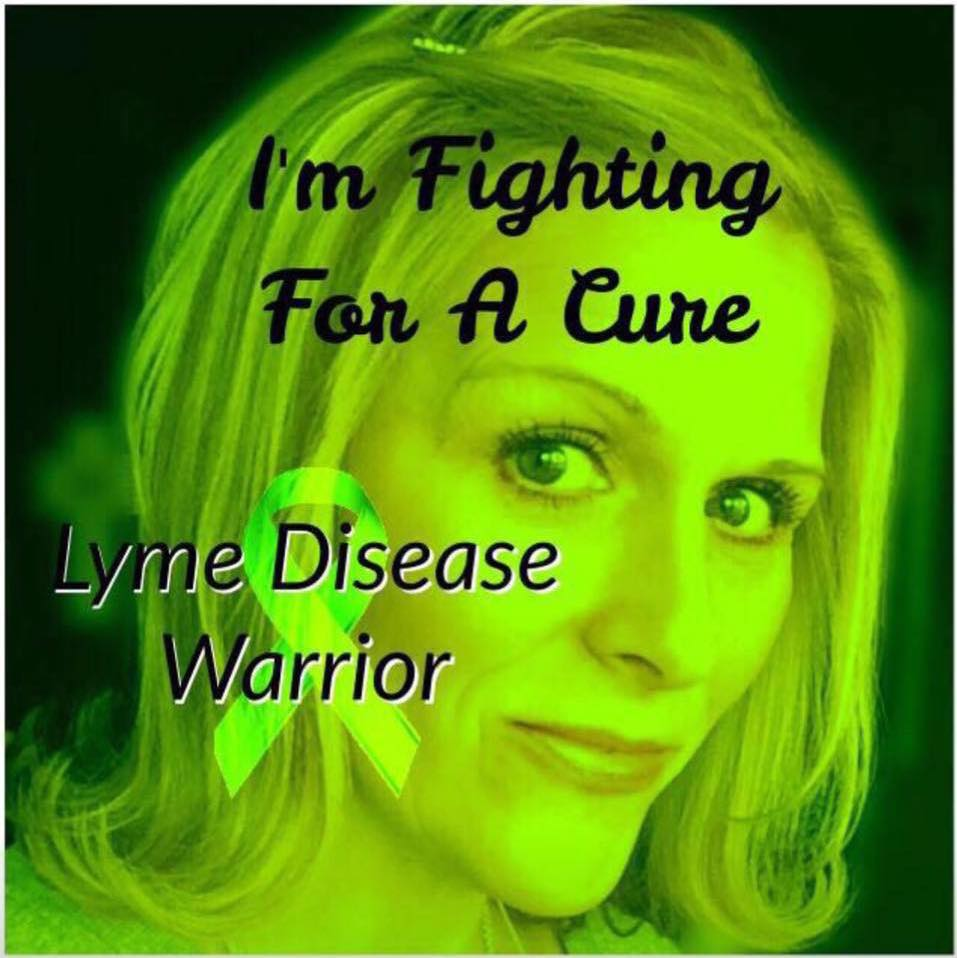
NOTHING HAS EVER BEEN THE SAME ~ THE SUFFERING

· My life was hijacked by Lyme disease, not through any fault of my own,
but due to a series of systemic failures within the Illinois healthcare system.
Over five years, 32 doctors misdiagnosed me, reflecting a profound lack of awareness
and proper care for Lyme disease patients in this state. By the time I finally received the correct diagnosis, the damage was done; I had become disabled and reliant on aid, only to find that the system that failed to diagnose me now also denies me the care I desperately need.
Dear Lyme Disease Doctors and Everyone Who Cares, I’m reaching out to share something really important and close to my heart. This isn’t just about me. It’s about all of us who are fighting Lyme Disease, and it’s about the friends I’ve lost along the way. Yes, I’ve lost friends to this disease, and it hurts like nothing else. I’ve been fighting Lyme for over 13 years now, and it’s been tough. Not just the disease itself but trying to get the help I need and seeing others struggle too.
The biggest problem we’re facing isn’t just the sickness.
It’s how hard it is to get the right care without breaking the bank. I’ve been there, trying to make ends meet while knowing I need treatment I just can’t afford. It feels like if you don’t have the money, you don’t get the help. That’s not right. I’ve worked hard all my life, and when you need help the most, it should be there for you.
But here’s the thing – it’s not just about the money.
It’s about losing people. Friends I’ve laughed with, cried with, and hoped with.
They’re not just numbers; they were real people who had their lives cut short by Lyme Disease.
And every time we lose someone, it hits me hard because I know I could be next.
That fear never goes away. So, what am I asking for? I want us to do better.
For doctors to really listen and help us.
For everyone to understand that Lyme Disease can destroy lives and families.
And for some compassion from a system that seems to forget we’re human beings
just trying to survive. To my fellow Lyme fighters, I’m with you. Your pain is my pain.
We’ve got to keep pushing for change, for better treatment, and for hope.
We owe it to those we’ve lost to not give up. Let’s make sure our voices are heard.
Let’s fight for a future where Lyme Disease isn’t a death sentence or a financial ruin.
We deserve better, and it’s time we get it.
With all my heart,

Shirley Strong
#lymewarriorsrock
#lymediseasehijackedmylife
#LymeWarriors #WeNeedChange #TogetherStrong
This isn’t just a story of medical misfortune; it’s a testament to the broken healthcare system that prioritizes bureaucracy over patient welfare. Lyme disease, with its complex and often deceptive symptoms, presents a significant diagnostic challenge—one that our healthcare professionals are clearly not adequately prepared to meet. The result is a dangerous gap in medical knowledge and practice, leaving patients like me to suffer the consequences.
Moreover, the intersection of health issues with socio-economic status adds another
layer of injustice to the ordeal. The system’s failure has not only compromised my health but has fundamentally altered my life. Denied necessary care because of my disability and economic status, I am a living example of healthcare disparity.
Dr. Richard Horowitz
· We have witnessed the problem with insurance denials over and over again, during
the last 40 years of my medical practice. Some are a nuisance, and some lead to grave outcomes, as you will see from this video article by the NY Times. Why are insurers doing this? Because of rising health care costs. Why are healthcare costs rising? Because of chronic disease, 87% of our health care costs are due to chronic disease, and 70% of the deaths in the US are due to chronic disease.
There are inadequate incentives in our healthcare system to practice prevention and reward patients for staying healthy. We don’t have “Prevention Centers of Excellence” where patients could save on insurance premiums while meeting certain guidelines and practicing certain health behaviors, which would lower the longer-term risk of certain chronic diseases; and we don’t have “Chronic Disease Centers of Excellence” where a well-established chronic disease model like the 16-point MSIDS model is practiced. Instead, most of the time (not with integrative doctors) we name a disease and throw drugs at it, without understanding all of the multifactorial reasons why the disease exists (6 potential causes of inflammation with 10 downstream effects) and how we could potentially treat it. Our health care costs are almost 18% of our GDP and regularly rising year by year.
Isn’t it time for a new model for chronic illness? The answer is not denials by insurance companies. That worsens the problem. The answer is an overhaul of how we practice chronic disease medicine.
NYTIMES.COM Opinion | Denying Your Medical Care is Big Business in America.
For over 13 years, I have battled chronic illness Lyme Disease, and the journey has been one fraught with systemic indifference and malpractice, especially as someone who has experienced the healthcare system from both sides of the financial spectrum.
Initially, I had a normal job and made good money, which came with good insurance.
This afforded me a level of care that, while not leading to an immediate diagnosis, did not subject me to the blatant neglect I would later experience. However, as the years went by and the correct diagnosis of Lyme Disease eluded the medical professionals I entrusted with my health, my condition worsened.
After seeing 32 doctors in the first five years, all failing to diagnose me properly,
the consequences were dire. Not only was my health irreparably damaged, but I also transitioned from being a contributing member of the workforce to relying on public aid. This shift marked a dramatic change in the level of care I received. Once on public aid, the indifference of the healthcare system became glaringly apparent.
The wait times to get an appointment stretched from unreasonable to nearly impossible, sometimes taking up to six months. Even when I managed to secure an appointment, it was common practice for it to be changed at the last minute. If I finally made it to the office, the wait could extend for hours, a clear tactic to discourage those in my position. Upon finally seeing a doctor, the treatment I received was a far cry from care; it was demeaning and dismissive. I was treated like a criminal, accused of taxing the system,
and met with a lack of empathy that was as shocking as it was hurtful.
The most painful part of this ordeal is the knowledge that if I had been diagnosed correctly after seeing the first 32 doctors, I would not be disabled for the rest of my life. The bottom line is, the healthcare system failed me not once, but twice. First, by not diagnosing me correctly, and second, by treating me as less than human once I was no longer able to afford private insurance. I’ve experienced both ends of the spectrum: quality care when deemed financially valuable, and then the most deplorable treatment when I had no money.
Search Results for Lyme Disease | Cancer Quick Facts (solitarius.org)
This isn’t just my story.
It’s a stark representation of how the healthcare system can treat its most vulnerable.
The stark contrast in the quality of care based on financial status is not just alarming;
it’s a call to action for change.
My journey, though uniquely mine, mirrors the experiences of countless others living with Lyme Disease. It’s important to clarify that despite the hardships, I’ve found ways to appreciate life. However, the essence of our shared narrative isn’t just about navigating a healthcare system that often seems indifferent to our struggles.
It’s about the profound losses that come with chronic illness—the loss of health, stability, and the ability to lead a life once taken for granted.
For many of us, Lyme Disease has stripped away more than just our physical well-being.
It eroded our livelihoods, our independence, and the simple joy of waking up each day ready to engage with the world. The pain of these losses is immeasurable, not just in the physical sense but in the emotional toll it exacts. This pain is compounded by a societal perception that undermines our experiences, casting doubt on our struggles, and leaving us feeling isolated and misunderstood.
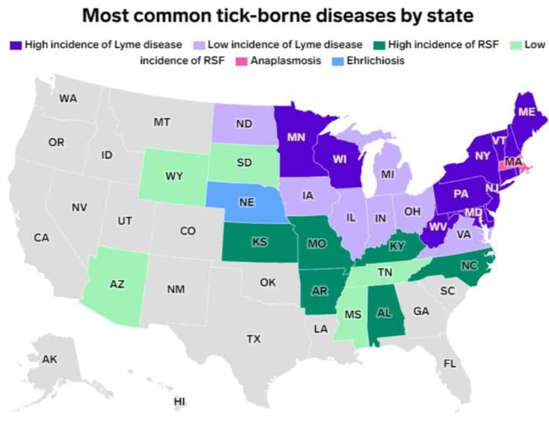
40+ Interesting Maps That Reveal Sides of the U.S. We Didn’t Know (msn.com)
This map vividly illustrates the tick-borne diseases that lurk in our backyards, with
Lyme disease reigning supreme in the northern states. States like Maine, Vermont, and New Hampshire are particularly hard-hit, reporting staggering numbers yearly. Lyme disease, characterized by symptoms ranging from fever to fatigue and a characteristic “bull’s-eye” rash, isn’t just a statistic.
It’s a reality for many, including celebrities who’ve bravely shared their battles.
From Avril Lavigne’s melodies and Shania Twain to Bella Hadid’s runway strides, Lyme disease has shown that it doesn’t discriminate. While Lyme stands out, other tick-borne threats populate different regions. So next time you explore nature’s beauty in risky areas, remember to wear protective clothing or use tick repellents.
The comparison to other serious illnesses like cancer, MS, or lupus is poignant.
If society extends empathy, support, and validation to those battles, why not to ours?
The plea for equitable treatment and recognition is not just about medical care; it’s about societal acknowledgment and support. It’s a call to be seen, to be believed, and to be treated with the same dignity and compassion as anyone else facing a life-altering condition.
We don’t ask for this acknowledgment out of self-pity but out of a desire for fairness and understanding. The challenges of Lyme Disease extend beyond the physical symptoms; they touch every aspect of our lives, from our financial stability to our sense of self-worth. We’ve faced losses that go deep, losing the very essence of what made our lives ours.
Yet, in the face of these adversities, we strive to find moments of grace and resilience.
This story, my story, is a testament to the collective experience of many who live with chronic illness. It’s a call to society to look beyond the misconceptions and to offer the same empathy and support given to those with more widely recognized conditions.
It’s a reminder that behind each struggle is a person fighting to reclaim parts of themselves that have been lost. And it’s an invitation to treat us with the kindness,
respect, and understanding we rightfully deserve.
#youdontlooksick
#tickbornediseases
#chroniclyme
#lymediseaseawarenes
#lymewarriorsrock
In navigating the journey through healthcare.
I’ve engaged with numerous medical professionals—32, to be exact. This journey wasn’t defined by the sheer number of consultations, or the time invested, but rather by a series of revelations about the complexities and challenges within the medical profession. It’s crucial to acknowledge that while many doctors are dedicated and insightful, there are instances where the care and understanding provided fall short of expectations.
This shortfall is not a reflection of the entire medical community,
but it does highlight areas for growth and understanding:
– Some doctors, though well-intentioned, may not fully grasp the intricacies of rare or complex conditions, underscoring the importance of continuous learning and open-mindedness in medicine.
– The patient-doctor relationship can sometimes be strained by ego, overshadowing the fundamental goal of patient wellbeing. A collaborative approach, rooted in humility, can bridge this gap.
– Decision-making in healthcare is complex, and at times, personal and cognitive biases can inadvertently influence outcomes. Recognizing and mitigating these biases is essential for equitable and effective care.
– There are moments when patients, in their quest for answers, are perceived as overreacting or seeking unnecessary medication. This perspective can hinder genuine dialogue and understanding, underscoring the need for empathy and trust in patient experiences.
– Facing unresolved health issues can be disheartening for both patients and doctors. However, perseverance and a willingness to explore all possible avenues are critical in uncovering solutions.
– Finally, the essence of healthcare extends beyond a profession—it’s a commitment to enhancing the quality of life and patient outcomes. Viewing each patient’s journey as unique and valuable can transform the standard of care provided.
In sharing these reflections, my hope is not to diminish the invaluable contributions
of healthcare professionals but to foster a deeper empathy and understanding that can elevate the care experience for all involved.
#lymediseaseawareness
#tickbornediseases
#lymediseasehijackedmylife
#chroniclyme
Love this!!!! Please listen to the song “Dear Lyme” (lyme disease.org)
It’s wonderful. Do I hear Nashville calling?
 I’ve been unwittingly cast in a tragicomedy where the healthcare system plays
I’ve been unwittingly cast in a tragicomedy where the healthcare system plays the lead antagonist. At the precipice of disability, I harbored a quaint notion that
a knight in shining armor, in the form of quality care, would gallop to my rescue.
Instead, I found myself in a bureaucratic maze, reminiscent of a Monty Python
sketch, but with less laughter and more paperwork.
I’ve made my peace with a fixed income.
I’ve poured my heart into a home that’s been my stage for nearly a quarter of a century.
It’s here – I perform my daily soliloquy, praising the good days and cursing the healthcare gods. Yet, in a plot twist no one saw coming, including myself, I’ve decided not to spend another dime on this disease.
If it wants me, it can come and get me—I’ve become too expensive to maintain. In my quest for wellness, I’ve embraced a lifestyle so clean that even the food on my plate seems to judge me. I’ve dodged stress like it’s a door-to-door salesman, and my social circle now mainly consists of my garden plants.
They’re great listeners, by the way.
This isolation isn’t the lifestyle I chose but rather one that chose me, like being nominated for an award I never wanted. The medical community, which I once viewed as a beacon of hope, now feels more like a used car dealership, promising much but delivering little. My friends have front-row seats to this farce, with medical records serving as the popcorn—evidence of the absurdity we’ve witnessed.
And then there’s the financial conundrum, a cruel joke penned by a cosmic comedian: seek additional help and lose your lifeline or stay the course and vanish into obscurity. It’s like being asked to pay for VIP tickets to an event you never wanted to attend in the first place.So here I am, a reluctant comedian, standing at the edge of the societal stage, microphone in hand, ready to share my tale. It’s a story infused with sarcasm, seasoned with despair, and served with a side of defiance.
This isn’t just my monologue; it’s an ensemble piece featuring countless others, each with their own tragic yet oddly humorous tale of navigating a healthcare system that’s forgotten how to care. Let’s turn the spotlight on this farce, laughing in the face of adversity, not because we find it genuinely amusing, but because humor might just be the most potent medicine we have left. After all, if we don’t laugh at the absurdity of it all, we might just cry.
#lymediseasehijackedmylife
#lymewarriorsrock
#lymediseaseawareness
You know, there’s this hilarious irony in life – the things we’re oblivious to when we’re healthy. For years, I was this unstoppable force, unknowingly harboring a weakness for something as ridiculous as clones (let’s call it my kryptonite). Fast forward to me discovering my superhero weakness courtesy of Lyme Disease. Last night’s episode was a classic.
Dealing with Lyme Disease during a full moon is like hosting a bug rave in your body, and everyone’s invited. Just as the moon pulls at the ocean’s tides, it seems to dial up the party for those tiny Lyme-causing bacteria. They’re out there, throwing their microscopic glow sticks around, wearing their tiniest party hats, and dancing to the beat of the full moon, oblivious to the fact that their host body is not amused by their nocturnal festivities. It’s as if the full moon sends out VIP invitations to all the bacteria, saying ‘Hey, let’s light up this joint!’ And there you are, just trying to get some sleep, while inside you, it’s Woodstock for bugs. #lymewarriorsrock
Trust your gut: A new study shows second-guessers make worse decisions.
Picture this: I’m minding my own business, when my son, in a moment of profound amnesia, strolls by and decides it’s the perfect time to unleash my nemesis. As I begin my transformation into a near-death, robe-covered spectacle, he gasps, “Oh my God, mom, you’d think after 13 years I’d remember that literally kills you.”There I am, voice muffled by the robe, fighting for air, and I manage to wheeze out, “You’d think.”It’s moments like these that remind me of the cosmic joke life enjoys playing on us. My superhero origin story involves me, a robe, and my arch-nemesis clone, with my son playing the unwitting sidekick who sometimes forgets which side he’s on.
You’re right. Amazing even the most appreciative people can sometimes lose sight of the gift of health. The TRUTH is, that all of the “STUFF” here on earth we work SO hard to buy and accumulate..does NOT mean a thing. At the end of the day or life…people will be cleaning out our “STUFF”, going through all our “STUFF”, figuring out what to do with all of our “STUFF”….this “STUFF” we’ve accumulated in our life. The only thing of VALUE that remains are the MEMORIES and what we deposit into others. May we all learn to spend less time accumulating “STUFF” and spend way more time making MEMORIES. #EnjoyTheRide
‘The Bachelor’s’ Daisy Opens Up About Lyme Disease Diagnosis and Treatment:
‘I Wasn’t Even Functioning’ (bachelornation.com)
By going on The Bachelor and sharing her story, Daisy Kent (one of the final six contestants!) is raising awareness about Lyme disease and how it can affect multiple body systems, causing debilitating long-term symptoms.
“It got so bad to the point where I wasn’t even functioning,” says Kent. After trying a wide array of medications and alternative therapies, Daisy heard about Klinik St. Georg in Germany, where she went for in-patient treatment. She underwent whole-body hyperthermia, plasmapheresis, blue light therapy, ozone therapy, infusions, and more.
Learn more ‘The Bachelor’s’ Daisy Opens Up About Lyme Disease Diagnosis and Treatment: ‘I Wasn’t Even Functioning’ (bachelornation.com)
Calling on all Lyme advocates.
Please get in touch with this young woman and make sure she gets IgeneX testing for Lyme and Bart with an IgM and IgG Immunoblot (Lyme, Bart) and Bart FISH, with local TBD titers for exposure to Anaplasma, Ehrlichia, TBRF, BMD, tularemia, etc. Gastroparesis? Small fiber neuropathy with disabling fatigue and arthritis???? These are classic symptoms of TBDs. Fungal infections? Has she had immune deficiency from TBD’s and or mold toxins? Please reach out to her and let her know these tests and diagnostic tests MUST be done. She may not have to suffer this way for the rest of her life. If her doctors need to contact me, tell them to send an email to medical@hvhac.com
Lyme Disease Testing Options? [5 Reliable Labs] | Lyme Warrior.
Lyme Disease Testing Options? [5 Reliable Labs] | Lyme Warrior.
#projectlyme #lyme #tick borne diseases #lyme disease awareness #chronic illness #chronicpain
#neurological #brain #lyme warrior #health #mental health #patientstories #bachelor #realitytv
Justin González
My journey with Lyme disease was marked by fatigue, brain fog, joint pain, headaches, and fever. Conventional treatments provided little relief, leading me to explore the healing potential of herbs. Through diligent research and guidance, I discovered a potent herbal remedy from Holland that completely cured me and restored my vitality. Today, I stand as living proof of the miraculous healing power of herbs, putting a permanent end to my battles with Lyme disease. I will recommend this remedy https://www.facebook.com/mother earth naturopath.
Celebrities that bounce back from Lyme Disease – Search Videos (bing.com)
Lyme Disease Survivors – Search (bing.com)
Chronic LYME: It’s a thing | Facebook
“It’s Not Over Yet”
Coming up in May is Lyme awareness month.
I have been very open about my overwhelming, painful and debilitating journey with late-stage chronic Lyme disease and co-infections. This link is a little bit of the story behind the Christian band for and Country’s song, it’s not over yet which they wrote to encourage their little sister Libby who is battling chronic Lyme disease. To all my Lyme warrior friends, you are not alone, we can fight! What the enemy meant for evil; God can turn around for good!!



Dawnee Lovett Jennings
Tonight, I got a phone call from my sister-in-law Paige who was driving and listening to the Air One radio station when she heard the band “for King & Country” discussing their song, “It’s Not Over Yet”. The brothers/band-mates explained that their younger sister suffers from chronic Lyme Disease, the same disease because of which Victoria (my friend I’ve been requesting prayers for) and I and countless others across the world suffer and fight. Their sister’s battle with Lyme Disease was the inspiration for their song!
Lyme is a complicated and controversial disease that is not very well-known or well-respected which adds to the feelings of frustration and isolation we experience because of it. I am SO thankful for the friends (like Victoria) and so many others out there that I’ve met along the way, friends who also suffer from Lyme and provide a sense of companionship and understanding that we crave. God has been SO GOOD in bringing us together, people from all over the world who have kindred spirits and warrior hearts!
Even when we feel like we’re lost with no direction and we don’t know where to turn next because of this disease, we hear God whisper to us over and over through you, our friends and family, through music and especially through scripture, “I have plans for your life. You have great purpose in me. Continue to place your hope and your trust in me. Hang on, because I will take what Satan meant for evil and use it for your good! I will teach you true contentment, joy, peace and love; and I will use your struggle for my glory! Someday you will be in Heaven with me where there will be
NO MORE PAIN and NO MORE DISEASE!
Don’t give up because it’s not over yet.”
The brothers wrote the song “It’s Not Over Yet” to encourage their little sister because there had been some extremely tough moments in her battle with Lyme, moments when she suffered so greatly and had lost so much of her life that she felt she had lost her purpose here on Earth. She felt so discouraged. That is a feeling that I can relate to and
I know Victoria can and many of your others who are fellow Lyme-fighters or who have struggled with other illnesses, setbacks and struggles in life.
My sister was so excited to call and tell me that I now have a song written specifically about battling Lyme Disease that I can rock out to and allow it to be one of my anthems
to keep me going when life with Lyme Disease gets hard!
Tears filled my eyes when I listened to the song for the first time while understanding the meaning and intent behind the lyrics, and I was SO ENCOURAGED. I hope you will feel the same way when you listen to the song and the story behind it!

Thank you SO MUCH for praying for me over the years as I continue to fight and for praying for my sweet friend Victoria as she underwent heart surgery today! Please continue to pray for her recovery and healing after this surgery. It won’t be an easy road and she will need encouragement and prayers of comfort and peace during this season as well. Please continue to pray over the doctors and nurses who care for her and for her parents John and Teresa and brother Landon. Pray that Victoria is in less pain and that she tolerates her medications and their side effects well.
THANK YOU SO MUCH for coming on this journey with us, praying and trusting, hoping and crying, celebrating and praising. It is such a beautiful thing to see you unite in spirit and lift Victoria up! I feel the same way when I feel you lifting me and my husband and family up as well. I know from my own experience how much it truly means to feel like you’re not alone, and be reassured that people love you and that they are going to fight alongside you and go the Father on your behalf! You are BLESSINGS!
Here is a link to the video of the brothers explaining the meaning of the song and why they wrote it! BAND, FOR KING AND COUNTRY – SISTER’S LYME DISEASE (youtube.com)
And the Song:
for KING + COUNTRY – It’s Not Over Yet (Official Audio) (youtube.com)
Live Love and Lyme
– Love to all!
ALYSSALAYMAN
“It’s Not Over Yet” | life love and Lyme (wordpress.com)
BONUS:
‘Unconscionable’: Baby boomers in America are becoming homeless at a rate
‘not seen since the Great Depression’ — here’s what’s driving this terrible trend.










 This can be you!
This can be you! Meditation is not just a practice; it is a lifestyle that can enhance every aspect of your well-being.
Meditation is not just a practice; it is a lifestyle that can enhance every aspect of your well-being. 
 Gain clarity and focus as you quiet the noise of everyday life and tap into a sense of deep relaxation.
Gain clarity and focus as you quiet the noise of everyday life and tap into a sense of deep relaxation.
 Experience the incredible benefits of mental stillness on your physical health. Lower stress levels, improved sleep quality, healing the body, enhanced immune function
Experience the incredible benefits of mental stillness on your physical health. Lower stress levels, improved sleep quality, healing the body, enhanced immune function  – these are just a few of the ways that quieting the mind can positively impact your body.
– these are just a few of the ways that quieting the mind can positively impact your body. where focusing on the present moment can silence the mental chatter. Engage in deep breathing exercises to center yourself and promote relaxation.
where focusing on the present moment can silence the mental chatter. Engage in deep breathing exercises to center yourself and promote relaxation.  Unplug from technology and embrace nature’s soothing embrace to reset your mind.
Unplug from technology and embrace nature’s soothing embrace to reset your mind. Dive into creative activities like painting or journaling to channel your emotions constructively.
Dive into creative activities like painting or journaling to channel your emotions constructively.  Beauty is not just skin deep; it’s about how you feel inside. Elevate your well-being by nourishing your body with clean, wholesome foods through our ‘Eat Clean’ philosophy.
Beauty is not just skin deep; it’s about how you feel inside. Elevate your well-being by nourishing your body with clean, wholesome foods through our ‘Eat Clean’ philosophy. Embrace tranquility and inner peace with regular meditation sessions that will rejuvenate your mind, body, and soul.
Embrace tranquility and inner peace with regular meditation sessions that will rejuvenate your mind, body, and soul. Our belief is that true beauty stems from self-love and care, and I provide you with the tools to achieve that.
Our belief is that true beauty stems from self-love and care, and I provide you with the tools to achieve that.


 and the moon
and the moon  shine brightly in their own time,
shine brightly in their own time,  Comparing yourself to others only dims your light and hinders your progress.
Comparing yourself to others only dims your light and hinders your progress. Remember, recovery is not a race, but a personal voyage of self-discovery and growth.
Remember, recovery is not a race, but a personal voyage of self-discovery and growth.  Each step you take, each hurdle you overcome, and each moment of strength is a testament to your resilience and determination.
Each step you take, each hurdle you overcome, and each moment of strength is a testament to your resilience and determination. of comparison steal your radiance.
of comparison steal your radiance.
 Inflammation is a critical process in the body’s immune response, but when it becomes chronic, it can lead to various health issues, including cancer
Inflammation is a critical process in the body’s immune response, but when it becomes chronic, it can lead to various health issues, including cancer of difference in your cancer recovery journey!
of difference in your cancer recovery journey!
 For More information, please message Melissa Marie,
For More information, please message Melissa Marie,

